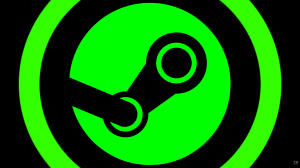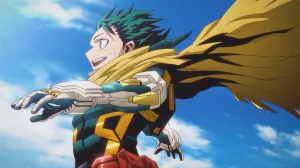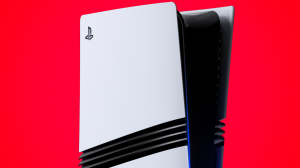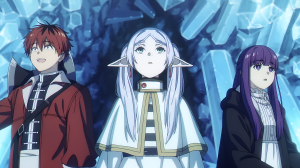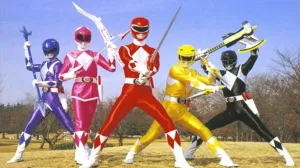Disney+’s Star Wars series The Mandalorian Season 3 followed up the critically acclaimed second outing with a divisive story. There were plenty of payoffs for plot threads first planted early on in the series, as well as some heartfelt character moments. However, Season 3 also made a number of strange decisions that placed inconsistencies within the lore of the show itself. Moreover, many of these creative choices quickly undermined some of the strongest storytelling of the earlier seasons, which makes Season 3 feel as if it doesn’t always fit within the grand context of the characters’ arcs.
Videos by ComicBook.com
Now, creators Jon Favreau and Dave Filoni have an opportunity to recreate the magic of the earlier episodes and undo some of the damage caused by Season 3 with the movie The Mandalorian and Grogu, out in theaters next May. With Pedro Pascal already confirmed to have filmed scenes in the iconic Beskar armor (something that he didn’t do for the entirety of Season 3), signs are promising that the film can hit some of those same heights. Here are five story elements Season 3 should retcon, or at least alter in some way.
5) Din Djarin’s Helmet Rule
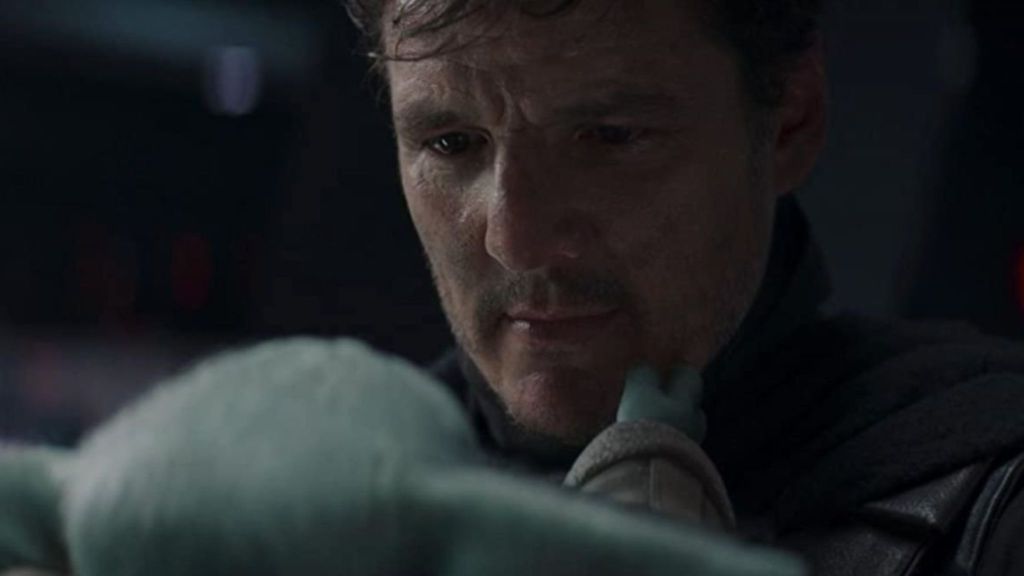
Din Djarin’s “helmet rule” (never removing his helmet in front of others) is the most central aspect of his character arc throughout the show. In Season 1, he takes his helmet off in front of IG-88 in order to save Grogu, then does it again in the penultimate episode of Season 2. Then, in the finale, Djarin takes his helmet off once again in order to say goodbye to Grogu, who was on his way to train with Luke Skywalker. It’s a satisfying arc that shows a once guarded bounty hunter slowly opening up to his adoptive son, and becoming close to another living being for the first time in his life.
Season 3 undoes this, as Djarin is regretful over his decision to remove his helmet. He travels to Mandalore to bathe in the living waters and undo the choice he made, which then sets up the rest of the season as the remaining Mandalorians see that the planet is indeed habitable, allowing them to plan to retake their home world. While that is a good segway from Djarin’s arc into the larger narrative of the season, having Pedro Pascal’s hero go back on the strides forward he made feels as if the creators are undoing all of what they were working towards for two seasons straight. Some argue that Din’s helmet removal moments are sacrifices made for Grogu’s security rather than a sign Din is abandoning the code of his clan, but the shift from one to the other still feels jarring and undermining of the storytelling that came before.
In The Mandalorian and Grogu, Djarin is once again away from his Mandalorian clan as he trains Grogu (but still on good terms), and is now working with the New Republic as a bounty hunter for hire. With Pascal on the set of the movie and filming new scenes, it appears likely that fans will see Djarin’s face once again, a clear sign that his previous character development is being picked back up.
4) Grogu’s Origin

Grogu’s origin was a core mystery heading into Season 3, with fans desperate to learn more about where he was and what he was doing before meeting Din Djarin. It was arguably one of the show’s most mysterious and compelling elements, especially after the revelation in The Book of Boba Fett that Grogu was in the Jedi Temple as Order 66 was occurring. However, Season 3 showed his rescue from the temple and teased a trip to Naboo to escape the wrath of the newly formed Galactic Empire. While this was still an intriguing flashback, this development in the story of Grogu felt somewhat underwhelming.
The appearance of Ahmed Best as Kelleran Beq, while fun to see, felt like a piece of fan service more than anything else. Best is a Star Wars legend and a fan favorite in the community, but with the decision to bring him back into the fold, Favreau and Filoni missed an opportunity to create a brand new character not bogged down by the history of the franchise. However, the upcoming film has an opportunity to right those wrongs. The creators can work to ensure that what happens with Kelleran and Grogu after what happened at the Temple adds to the latter’s character arc in some ways rather than just more fan service, making it integral to the story of the Child.
3) The Darksaber Should Be Resurrected
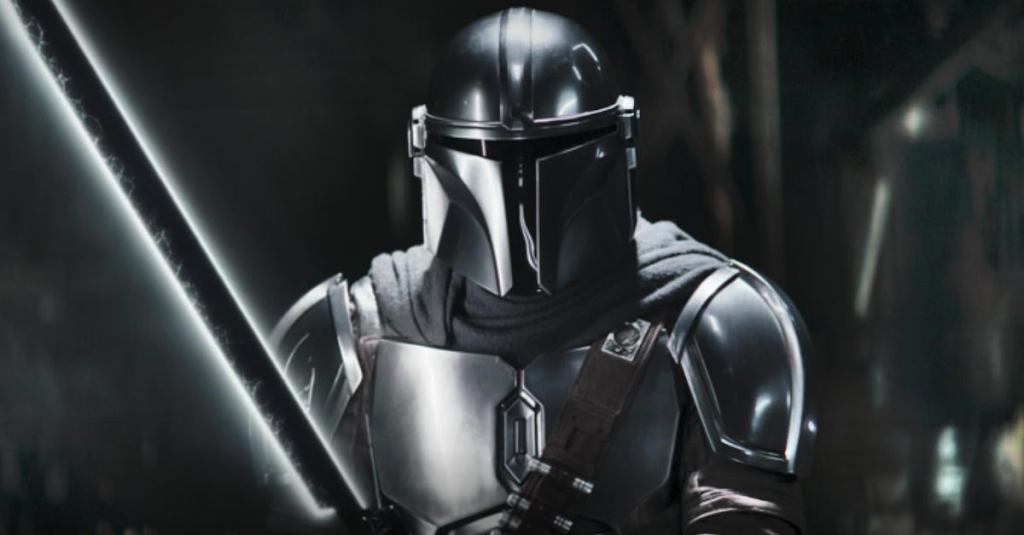
By the end of Season 3, the villainous Moff Gideon was defeated in dramatic fashion. In the process, the Mandalorian Darksaber was destroyed, ending thousands of years of history for the planet and Din Djarin’s clan. The removal of the darksaber from Din Djarin and co.’s story felt like a massive missed opportunity; at the end of Season 2, he won the weapon in combat, even as he didn’t want it or the responsibilities that came with it.
That felt like an interesting and meaningful addition to the arc of Din Djarin, and it was handled well in The Book of Boba Fett (where he was training to use the darksaber more effectively after burning himself in a fight). Din then surrendered the saber to Bo-Katan in Season 3, which caused a mixed reaction amongst fans. This weapon feels like such an important part of Mandalorian lore that it feels a shame to discard it so soon, especially given the potential importance it may have to Grogu moving forward. At this moment in time, the child looks like he might become the first Mandalorian Jedi in centuries, so inheriting the darksaber felt like a natural element to add to that arc. As of now, though, with the weapon destroyed, that looks unlikely.
The Star Wars franchise does have a history of resurrecting lightsabers, it’s important to note. The Skywalker saber was broken in two in The Last Jedi, but was repaired in The Rise of Skywalker. Having that precedent means that it’s certainly not impossible for the darksaber to be rescued from the fire of Mandalore and put back together, which would preserve the narrative weight the saber holds in the arcs of Din Djarin and co. and preserve the possibility of it playing a role in the future of Grogu, too.
2) Moff Gideon’s Plan
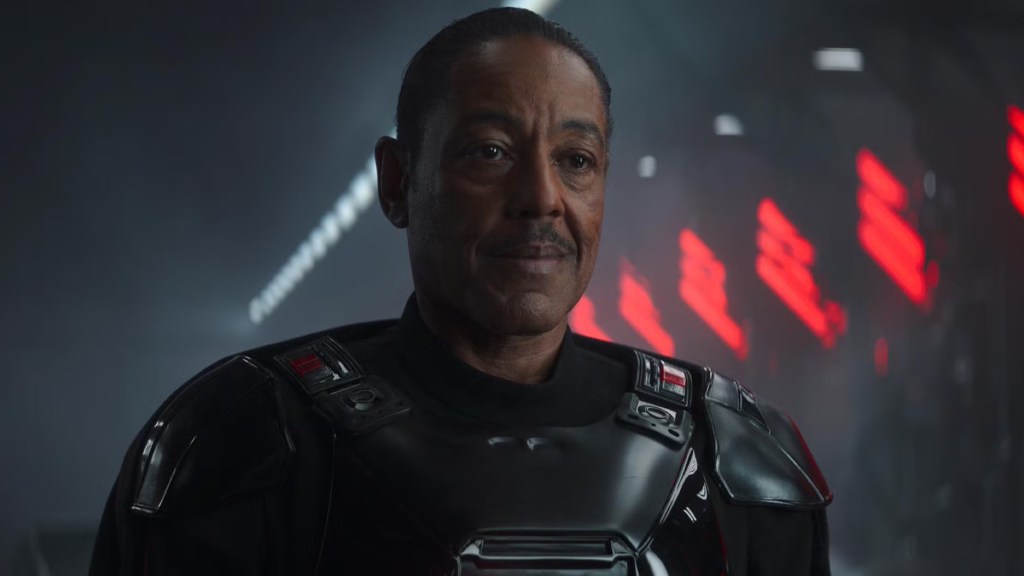
Moff Gideon was the big bad across all three seasons of The Mandalorian, but his presence was felt more in his absence, looming over the heroes throughout. In earlier seasons, Gideon’s inherent fixation on Grogu came with significant weight, as he oversaw secret Imperial experiments with Force-sensitive beings, with a plan for cloning. In Season 3, it’s revealed that Gideon wanted Grogu for clones of himself, with a plan to make a version that is Force sensitive, making him smarter and stronger in battle.
Given the nature of The Mandalorian story, it’s still possible for Gideon’s plot to be added upon. A retcon re-establishing his motives for experimentation, genetic obsessions, ambitious Imperial engineering as something more than just creating a Force sensitive being would restore Gideon as a credible, cold villain grounded in Star Wars’ science-fiction/fantasy.
1) Moff Gideon’s Death
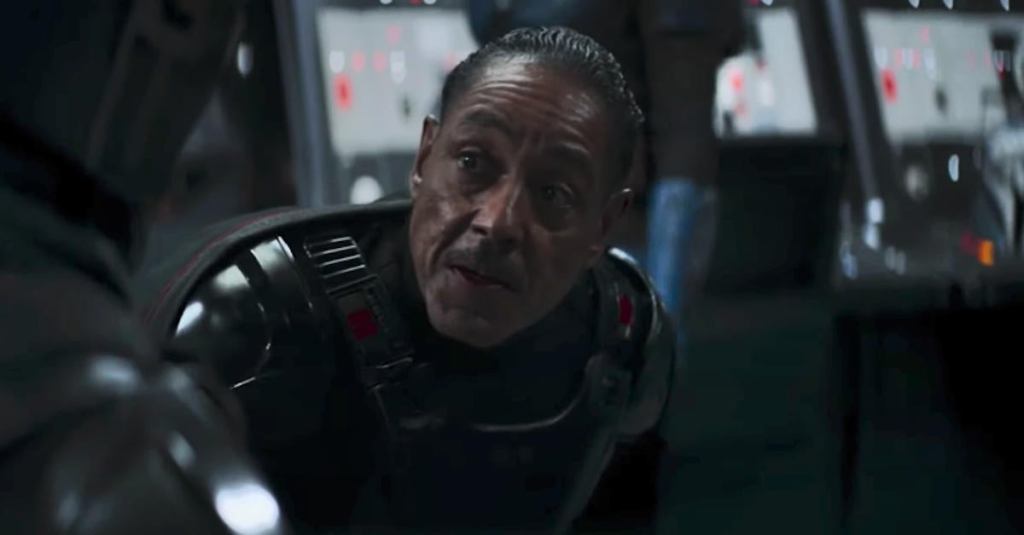
Moff Gideon then dies at the end of Season 3, seemingly ending his arc and the arc of the Empire wanting him as their property. The defeat came during Mandalorian conquest of Gideon’s base in what was a relatively easy battle all things considered. It felt like a cop-out given how much trouble Gideon has caused the show’s heroes over the years, and it abruptly ended his role in the story. It’s possible for Favreau and Filoni to edit this ending, however, by making it not an ending at all. Given the presence of Gideon’s clones, it would be easily explained that it was a clone who died rather than the real Gideon. Alternatively, a future for his character could come in the form of a reveal that a Force sensitive Gideon clone is still around, thus providing an even greater threat for Grogu and the rest of the New Republic.
Ultimately, these adjustments, if handled correctly, can tweak the journey of Din Djarin and Grogu and make it a more compelling, satisfying watch for the viewer. At its peak, The Mandalorian as a show was one of intense emotional bonds between characters and high stakes, and making these changes would resolve the inconsistencies of the story. A few careful tweaks could restore cohesion and honor the integrity of both the lore and the emotional character arcs.


